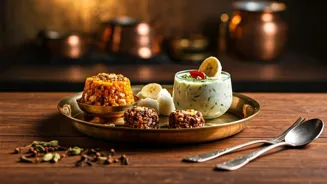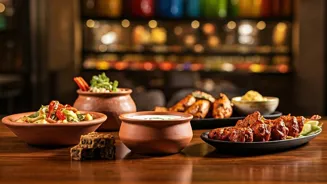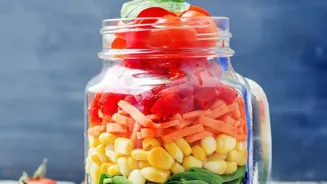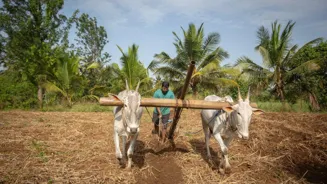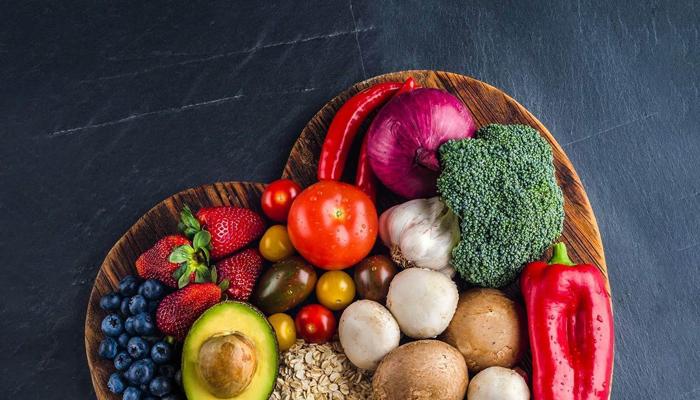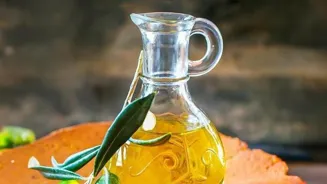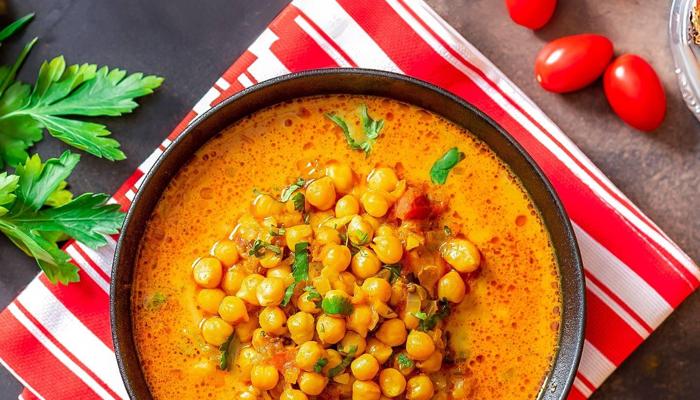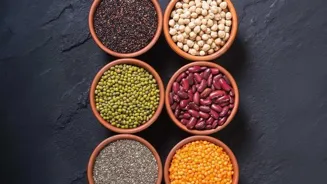Dive into the world of Indian cuisine with whole grains! Enhance health and taste with these tips and recipes. Read more!
For generations, Indian cooking has depended on grains as a main source of food.
While polished rice and refined wheat flour have become common, going back to whole grains can improve health and bring new tastes to the dinner table.
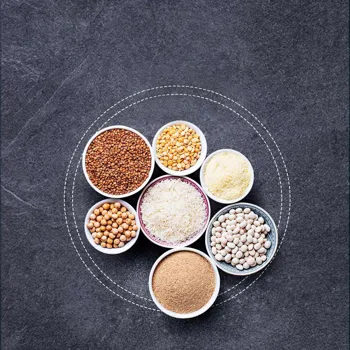
This guide explores the world of whole grains in Indian cooking, providing simple tips and recipe ideas to make healthy and tasty meals.
Whole grains keep all three parts of the grain: the bran, germ, and endosperm.
This means they are full of fiber, vitamins, and minerals that are lost during processing. Eating whole grains can help with digestion, control blood sugar, and keep your heart healthy. Also, whole grains have a nutty and natural taste that improves the smell and taste of dishes.
Understanding Different Whole Grains
India has a wide range of whole grains, each with its own taste and nutritional benefits. Here are a few popular options:
Brown Rice: Less processed than white rice, brown rice keeps its bran and germ, giving it a nutty taste and texture.
It's a good source of fiber, magnesium, and selenium.
Whole Wheat: The main ingredient in most Indian breads like roti and paratha, whole wheat flour is a healthy option that offers more fiber and nutrients than refined flour.
Millets: These small but mighty grains are becoming popular again for their health benefits. Common millets include bajra (pearl millet), jowar (sorghum), and ragi (finger millet). They are naturally gluten-free and full of iron, calcium, and fiber.
Barley: Often used in soups and stews, barley has a chewy texture and a mild, nutty taste. It's a good source of fiber and beta-glucan, which can help lower cholesterol.
Oats: While often eaten for breakfast, oats can also be used in savory Indian dishes.
Rolled oats or steel-cut oats are great sources of soluble fiber, which helps keep you full and healthy.
Tips for Cooking with Whole Grains
Cooking with whole grains is simple, but it needs a few changes in cooking ways.
Here are some tips to keep in mind:
Soaking: Many whole grains, like brown rice and millets, benefit from soaking before cooking. Soaking helps to reduce cooking time and makes the grains easier to digest. Soak grains for at least 30 minutes, or even longer for better results.
Water Ratio: Whole grains usually need more water than refined grains. Use a higher water ratio to make sure they cook evenly and become soft. For example, brown rice usually needs a 2:1 water-to-rice ratio, while white rice needs a 1.5:1 ratio.
Cooking Time: Whole grains usually take longer to cook than refined grains. Be patient and allow enough time for the grains to become fully cooked and soft. Check the texture and taste as you cook to make sure they are just right.
Experiment with Flavors: Whole grains have a natural taste that goes well with Indian spices and herbs. Try different combinations to create tasty and healthy dishes. Add spices like cumin, coriander, turmeric, and garam masala to improve the taste of your whole grain recipes.
Delicious Whole Grain Recipes for Your Kitchen
Here are some easy and tasty whole grain recipes that you can try at home:
Brown Rice Pulao:
A healthy twist on the classic pulao, this recipe uses brown rice instead of white rice.
Ingredients: 1 cup brown rice, 2 cups water, 1 tablespoon ghee or oil, 1 teaspoon cumin seeds, 1 onion (chopped), 1 inch ginger (grated), vegetables of your choice (carrots, peas, beans), salt and spices to taste.
Instructions: Soak the brown rice for 30 minutes.
Heat ghee or oil in a pot and add cumin seeds. Once they crackle, add onion and ginger and cook until golden brown. Add vegetables and cook for a few minutes. Add the soaked rice, water, salt, and spices.
Bring to a boil, then reduce heat and simmer until the rice is cooked and the water is absorbed.
This is an excellent choice for a weekend brunch. Serve hot with curd. You may garnish before serving.
Whole Wheat Roti
Make soft and nutritious rotis with whole wheat flour.
Ingredients: 2 cups whole wheat flour, water, salt to taste, ghee or oil for brushing.
Instructions: Mix whole wheat flour and salt in a bowl. Add water slowly and knead into a soft dough. Rest the dough for 15-20 minutes.
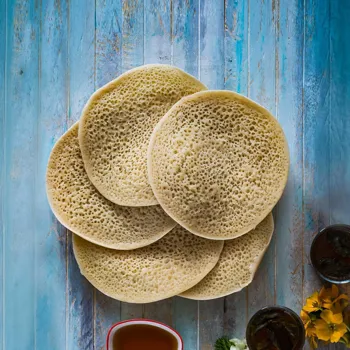
Divide the dough into small balls and roll them out into thin circles. Cook on a hot griddle until both sides are lightly browned. Brush with ghee or oil and serve hot.
This goes well with all the side dishes across the Indian spectrum.
Millet Khichdi
A healthy and comforting one-pot meal made with millets and lentils.
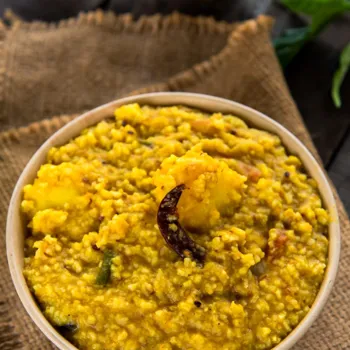
Ingredients: 1/2 cup millet (bajra, jowar, or ragi), 1/4 cup moong dal (split green gram), 3 cups water, 1 tablespoon ghee, 1/2 teaspoon cumin seeds, 1/4 teaspoon turmeric powder, salt to taste, vegetables of your choice (optional).
Instructions: Wash the millet and moong dal.
Heat ghee in a pot and add cumin seeds. Add millet, moong dal, turmeric powder, salt, and vegetables (if using). Add water and bring to a boil. Reduce heat and simmer until the millet and dal are cooked and the khichdi has reached the desired consistency.
This is one of the healthiest and most easily digestible options.
Barley Soup
A nutritious and filling soup made with barley and vegetables.
Ingredients: 1/2 cup barley, 4 cups vegetable broth, 1 onion (chopped), 2 carrots (chopped), 2 celery stalks (chopped), 1 teaspoon ginger-garlic paste, salt and pepper to taste, coriander leaves for garnish.
Instructions: Soak the barley for 30 minutes. Heat oil in a pot and add onion, carrots, and celery. Cook until softened. Add ginger-garlic paste and cook for a minute. Add the soaked barley and vegetable broth.
Bring to a boil, then reduce heat and simmer until the barley is cooked and the soup has thickened. Season with salt and pepper. Garnish with coriander leaves before serving.
A balanced and complete meal, this is a winner with old and young alike.
Oats Upma:
A healthy and quick breakfast option made with oats and vegetables.
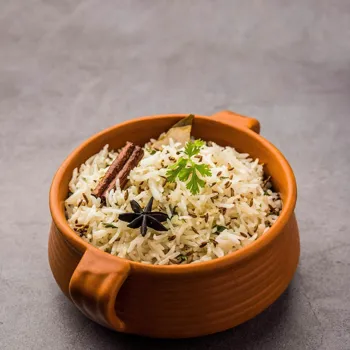
Ingredients: 1 cup rolled oats, 2 cups water, 1 tablespoon oil, 1/2 teaspoon mustard seeds, 1/2 teaspoon urad dal (split black gram), 1 onion (chopped), 1 green chili (chopped), vegetables of your choice (carrots, peas, beans), salt to taste, coriander leaves for garnish.
Instructions: Roast the oats lightly in a pan. Heat oil in a pan and add mustard seeds and urad dal. Once they crackle, add onion and green chili and sauté until golden brown. Add vegetables and cook for a few minutes. Add water and salt. Bring to a boil and then add the roasted oats.
Cook until the oats have absorbed the water and the upma has thickened. Garnish with coriander leaves and serve hot.
A healthy spin on the usual upma, this also provides a change of taste.
Health Benefits of Whole Grains
Eating whole grains regularly has many health benefits.
They are full of fiber, which helps digestion and keeps you full, which can help with weight management. Whole grains also help control blood sugar levels, which is good for people with diabetes. Also, they are good for your heart because they help lower cholesterol.
Incorporating Whole Grains into Your Diet
It's easy to add whole grains to your daily meals. Start by swapping refined grains with whole grain options, like brown rice instead of white rice, or whole wheat bread instead of white bread.
Try new recipes with millets or barley to add variety to your diet. Read food labels carefully to make sure you are buying whole grain products.
Conclusion
Using whole grains in Indian cooking is a simple way to improve your health and enjoy tasty meals.
By learning about different whole grains, following simple cooking tips, and trying new recipes, you can enjoy the many benefits of these nutritional powerhouses. So, accept the goodness of whole grains and make them a regular part of your diet for a healthier and happier life.
Embarking on a culinary journey with whole grains not only enhances your health but also introduces a delightful array of flavors and textures to your plate. Embrace the richness and nutritional power of these grains, and discover the vibrant possibilities they bring to your Indian kitchen.
Let each meal be a celebration of wellness and taste, as you savor the goodness of whole grains in every bite.
AI Generated Content. Glance/InMobi shall have no liability for the content

